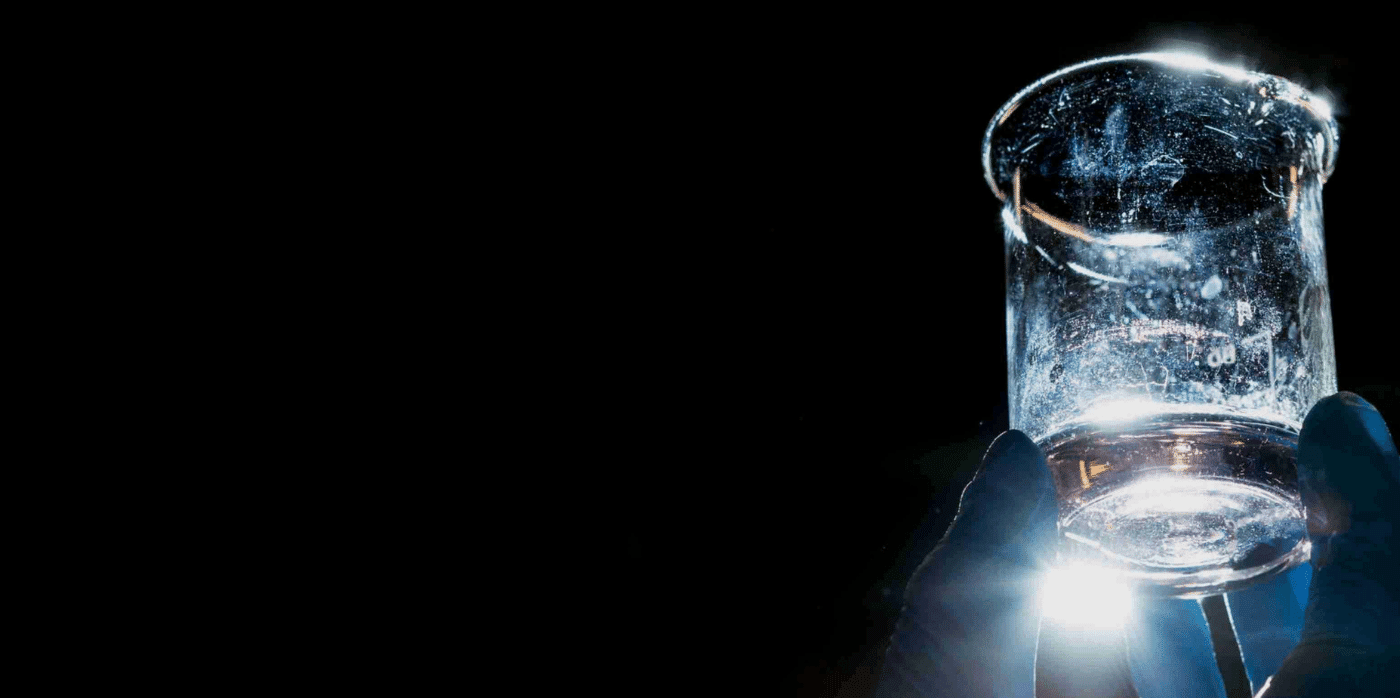Splitting hydrogen from water with sunlight

Spotted: The world is increasingly looking for new sustainable sources of energy. Solar, wind. and water power are all environmentally friendly energy sources that don’t produce harmful emissions. However, renewable energy solutions can be costly, and it’s important to find cost-effective ways to implement them.
In light of this, researchers at the University of Oulu in Finland have developed a new way to generate renewable hydrogen fuel that is both cost-effective and environmentally friendly. Their new nickel-based catalyst uses sunlight to split water into its constituent atoms: oxygen and hydrogen. The hydrogen can then be harnessed as a clean and renewable source of fuel.
As the world looks for cleaner and more sustainable sources of energy, hydrogen has emerged as a leading contender. Hydrogen fuel cells are highly efficient and emit no pollutants at point of use, making them an appealing option for the future of energy production. However, one major obstacle to widespread adoption of hydrogen fuel cells is their cost. Precious metals such as platinum and palladium are often used in the electrodes, making production expensive. Some researchers are exploring alternatives to precious metals, with nickel emerging as a promising option.
To understand the effectiveness of the design, the University of Oulu team analysed the materials they used for their catalyst at the University of Saskatchewan (USask). Findings have now been published in the journal Applied Energy.
This breakthrough provides hope that we can develop cost-effective renewable energy solutions that will help us to reduce our reliance on fossil fuels. On this topic, Springwise has spotted an off-grid hydrogen generation technology for on-demand power and a way to power the planet through ultra-deep geothermal energy.
Written By: Katrina Lane

